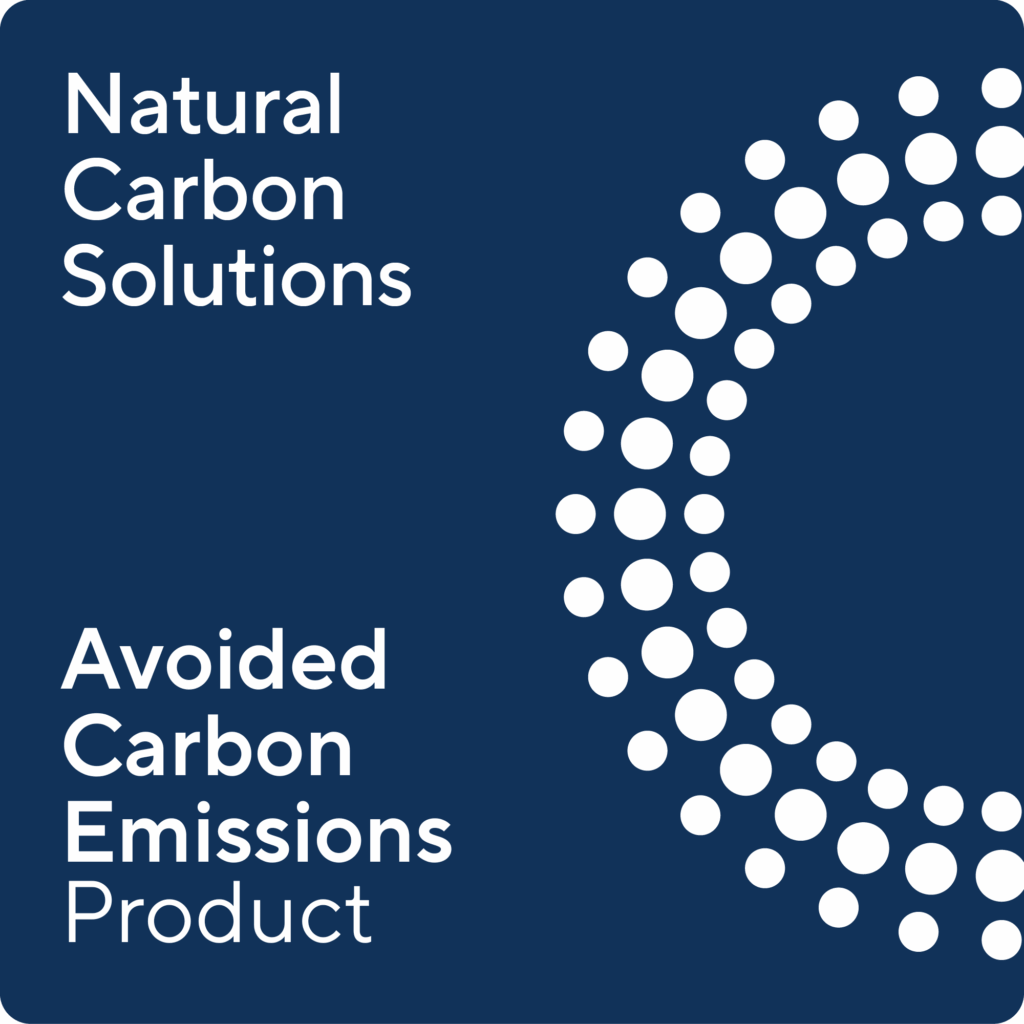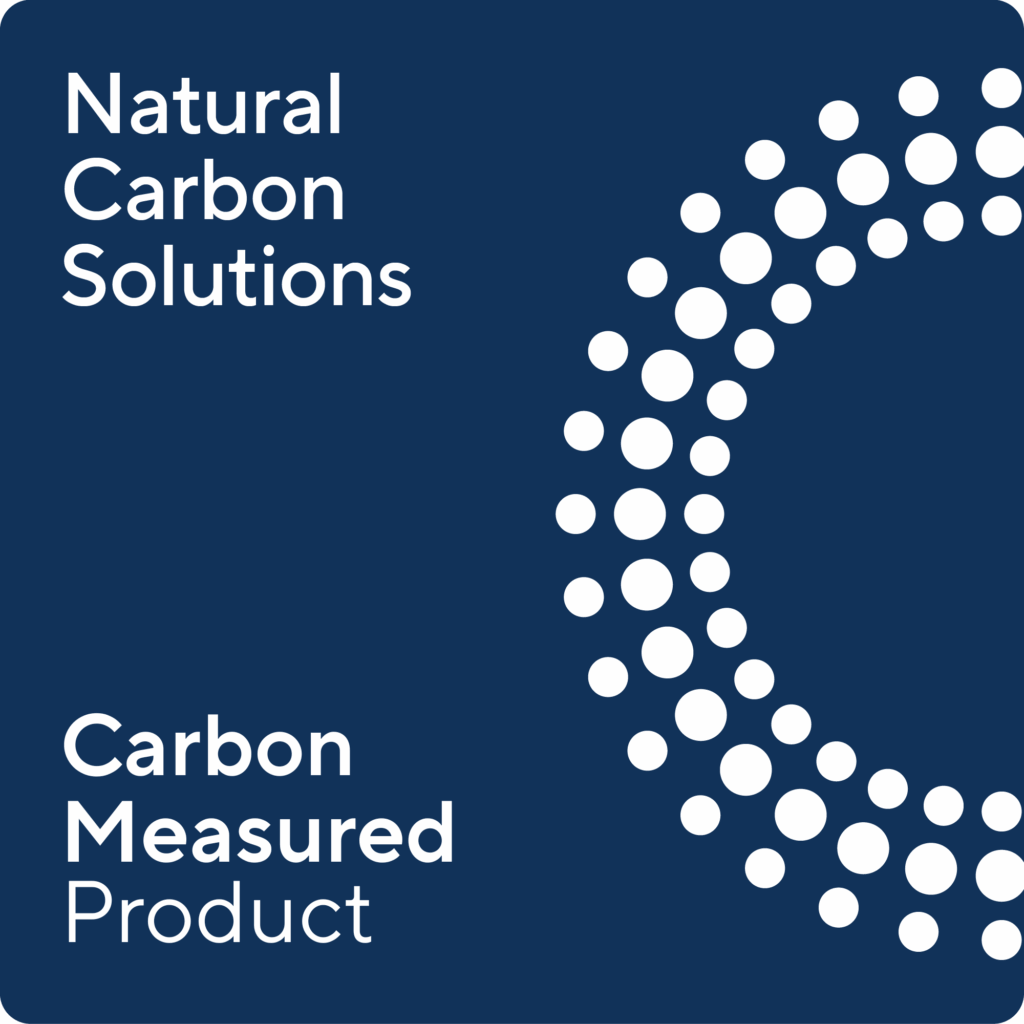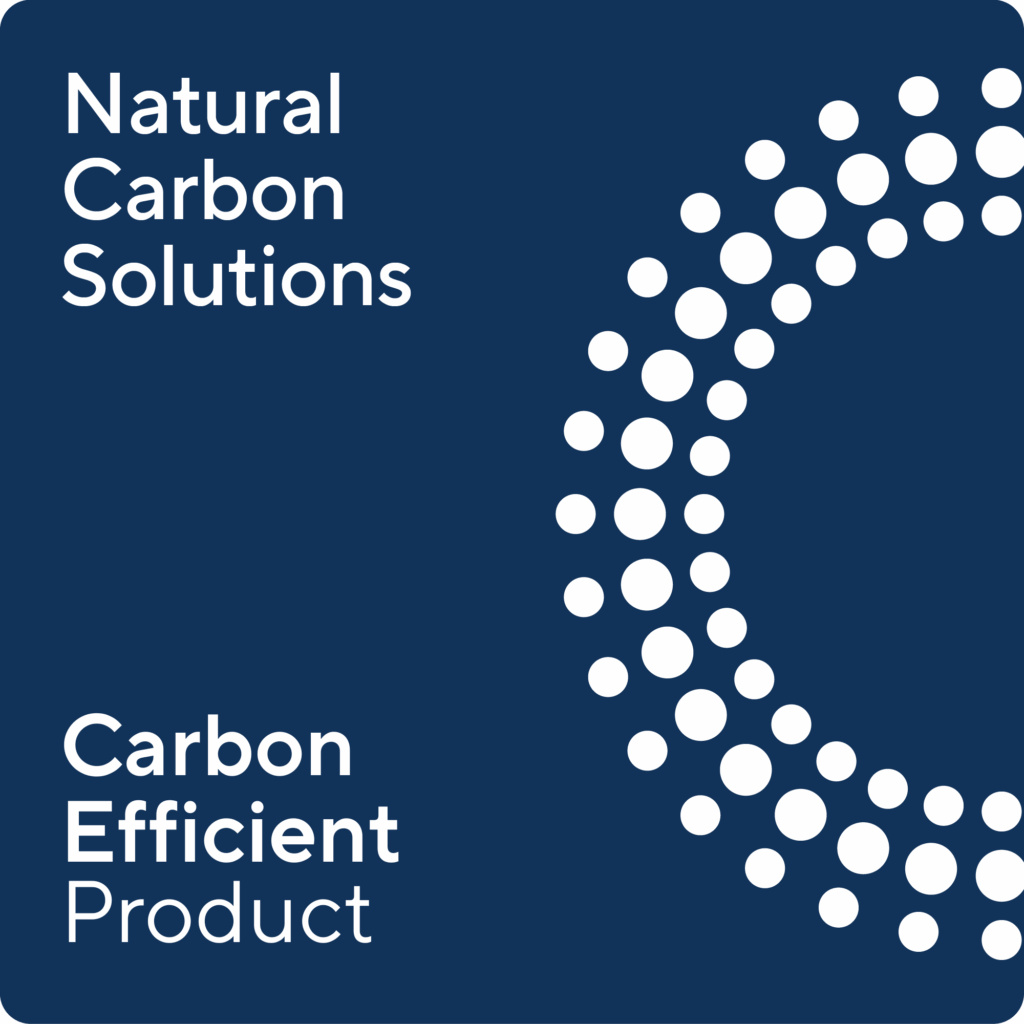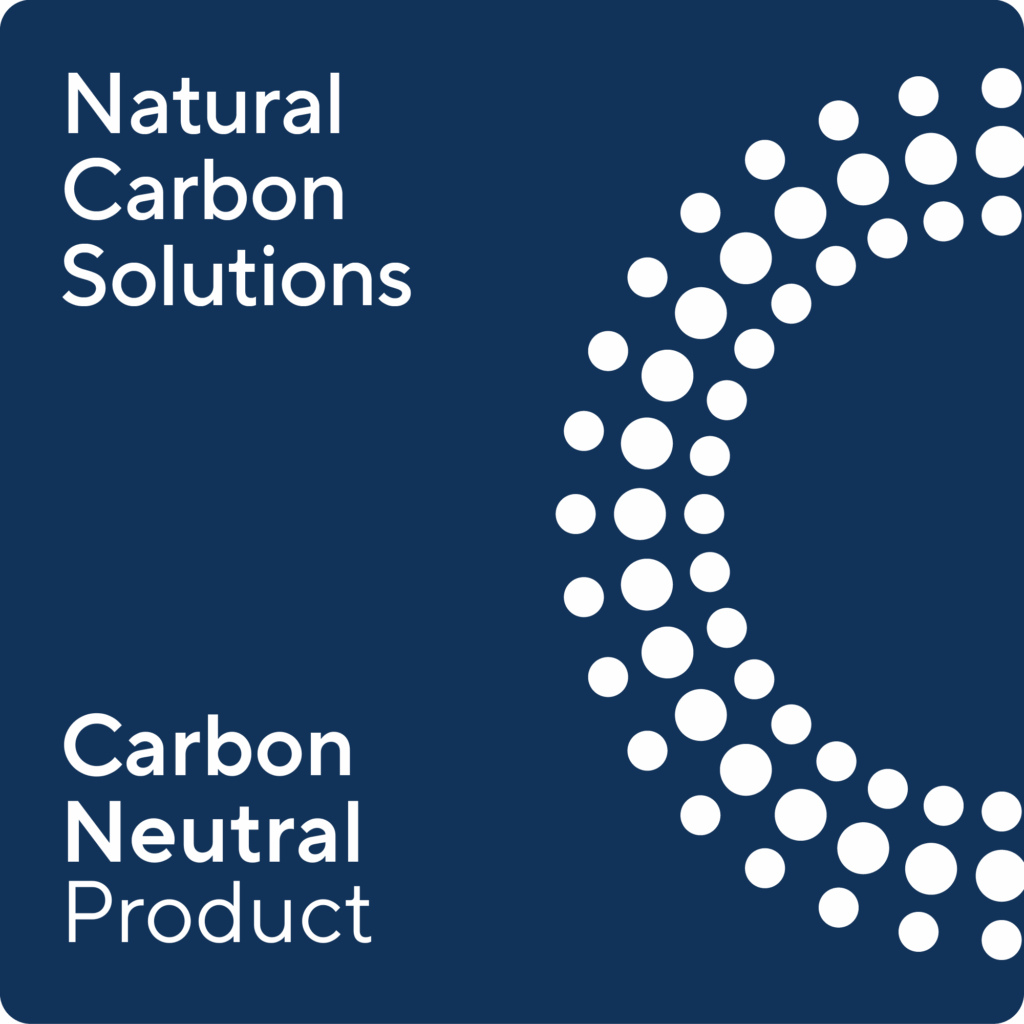Product
Avoided Carbon Emissions Certification
Verified Impact Beyond the Product Lifecycle
Avoided Emissions Certification recognises products that reduce global emissions outside their own footprint by replacing, enabling, or accelerating low-carbon alternatives. This certification validates that your product delivers measurable, standards-aligned climate benefits in customer operations, markets, or value chains.
Unlike offsetting, avoided emissions represent real-world reductions that occur because your product exists, not as compensation, but as substitution. This certification provides third-party verification of that impact.
Who Is This For?
- Products that substitute high-carbon materials or designs
- Clean technologies (e.g., EVs, solar systems, energy storage)
- Digital services that replace physical alternatives
- Energy-efficient tools or infrastructure
- Mobility or logistics solutions that reduce downstream emissions

Key Requirements
- Baseline Scenario Definition: Establish a realistic, conservative baseline product or technology your product replaces
- Comparative Lifecycle Assessment: Quantify avoided emissions using ISO 14040/44 and GHG Protocol comparative methodologies
- Functional Equivalence: Demonstrate that your product delivers the same or better utility than the conventional alternative
- Uncertainty Analysis: Use the NCS Uncertainty Tool to quantify data variability and support conservative estimation
- Transparent Methodology:
Publicly disclose key assumptions, system boundaries, and calculation methodology
Benefits for Your Organisation
- Climate Differentiation: Show that your product drives real-world impact, beyond its own footprint
- Credible Marketing Claims: “This product enables X tonnes of avoided CO?e emissions”, independently verified
- Support for Scope 3 Reporting: Help your customers quantify their own reductions through use of your product
- Procurement Advantage: Demonstrate environmental leadership for ESG-conscious buyers and tenders
- Complement to Other Certifications: Can be layered with Carbon Measured, Carbon Efficient, or Carbon Neutral
Validity and Recertification
Avoided Emissions Certification is valid for two years. Recertification requires:
- Updated market adoption data
- Revised baseline scenarios where appropriate
- Continued evidence of functional equivalence and performance
- Verified calculation updates using current data sources
Download Our Certification Protocol
Download the full NCS Products Footprinting Protocol, a complete guide to carbon footprinting, verification, and certification for products.


